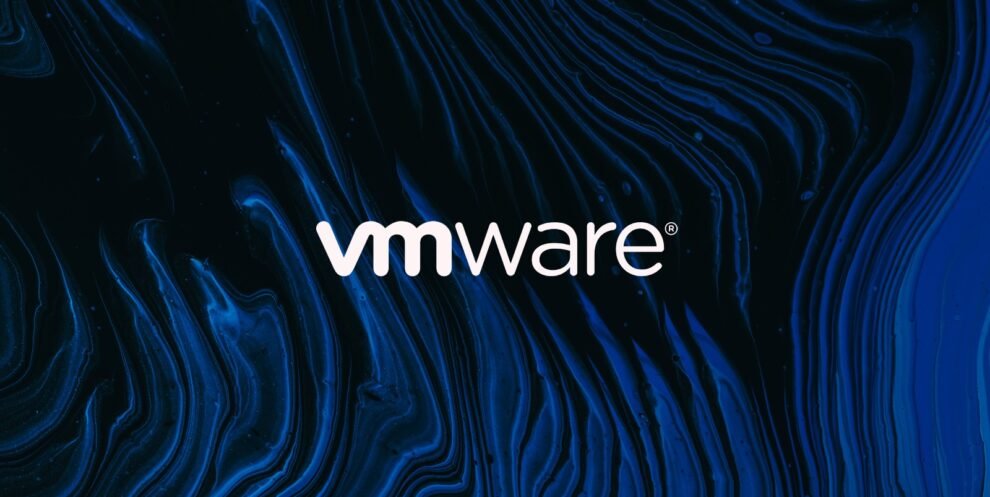VMware, a leading virtualization software provider, has issued urgent security patches for a series of critical vulnerabilities affecting multiple products, including some that have reached end-of-life status. These flaws could allow attackers to potentially break out of virtual machines and execute code on host systems.
Key Highlights
- Critical sandbox escape flaws: The vulnerabilities affect VMware products including ESXi, Workstation, Fusion, and Cloud Foundation.
- Extended patches: VMware is unusually releasing patches for some end-of-life versions of affected products.
- High-severity ratings: The most critical vulnerabilities carry a severity rating of 9.3 out of 10.
- Urgent action advised: Users of affected VMware products are strongly encouraged to apply the patches immediately.
The Vulnerabilities
The four discovered vulnerabilities center around potential compromise of VMware’s virtualization safeguards. Successful exploitation could allow an attacker with administrative privileges within a virtual machine (VM) to escape the sandboxed environment of the VM and run malicious code directly on the host machine.
Two of these vulnerabilities (CVE-2024-22252 and CVE-2024-22253) have received a CVSS severity rating of 9.3, indicating a critical risk. VMware describes them as use-after-free memory corruption vulnerabilities within the XHCI USB controller.
Affected Products and Availability of Patches
VMware has released a comprehensive advisory detailing impacted versions of its products and the availability of corresponding patches. Users are urged to consult the advisory and patch immediately. Affected products include VMware ESXi, VMware Workstation, VMware Fusion, and VMware Cloud Foundation.
Uncommon Support for Outdated Products
The seriousness of these sandbox escape vulnerabilities has led VMware to take the unusual step of issuing patches even for some end-of-life (EOL) versions of their products. This underscores the potential severity of exploitation and the urgency for all users, regardless of their product’s support status, to apply the updates.
Technical Details
- Understanding sandbox escapes: Delve deeper into what a “sandbox escape” vulnerability entails. Explain virtual machines, their intended isolation, and the risks when that isolation is broken. Use analogies where helpful (i.e., comparing a virtual machine to a secure container, breaking out means contents can spill and affect the outside).
- Exploitation Scenarios: Briefly outline potential real-world consequences if these vulnerabilities are exploited. Examples could be data theft, installation of ransomware, disrupting vital business infrastructure, or launching attacks on other connected systems.
Consequences
Successful exploitation of these VMware vulnerabilities could have far-reaching consequences. Attackers could potentially gain direct control over the underlying host machines, compromising sensitive data, disrupting critical operations, or launching further attacks within an organization’s network.
Recommendations
VMware strongly recommends that users of affected products apply the issued patches as soon as possible. Organizations unable to immediately patch should consider isolating vulnerable systems as an interim mitigation measure. Additionally, it is good practice to review all security controls and incident response plans in case of a compromise.
The discovery of these critical sandbox escape vulnerabilities highlights the ongoing risks faced by virtualized environments. VMware’s swift response, including the unusual extension of patching to some end-of-life products, demonstrates the seriousness of the issue. Organizations relying on VMware solutions must prioritize patching and remain vigilant against this heightened threat.



















